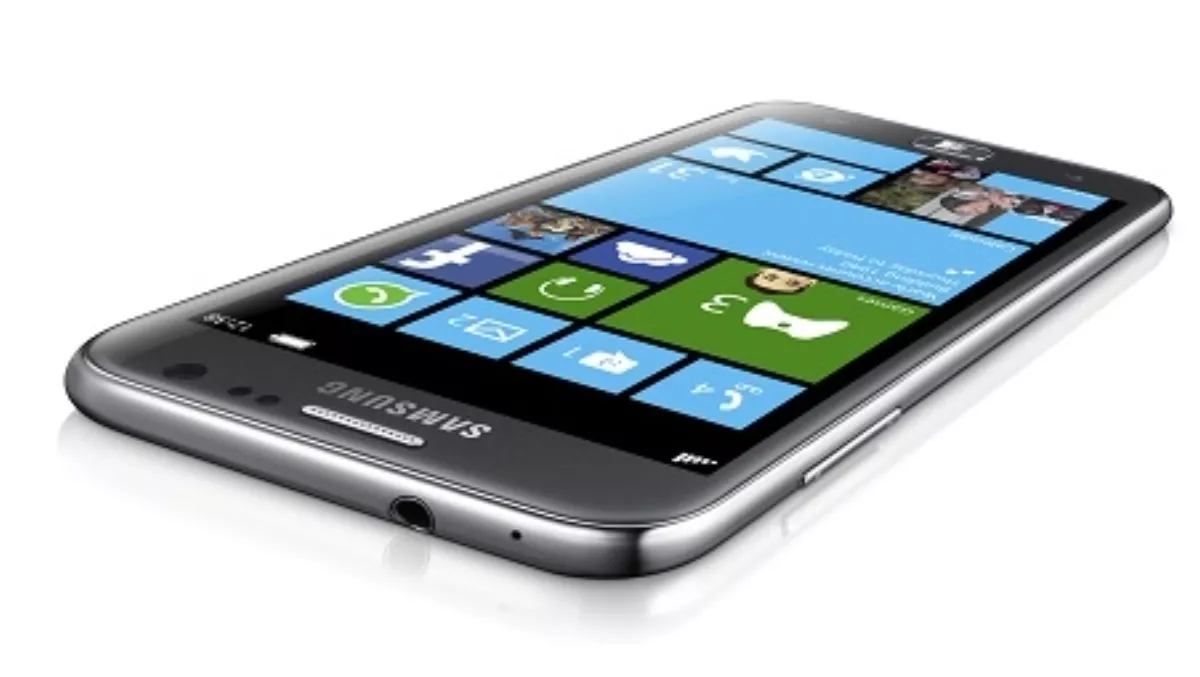
Samsung unveils Windows 8 mobile devices
Samsung released the ATIV S smartphone this week, getting behind Microsoft’s next-generation Windows by providing the world’s first Windows Phone 8.
While running Windows Phone 8, the device allows smartphones based on the OS to be equipped with HD screens, multi-core processors, NFC and microSD card slots.Principal Analyst at Informa Telecoms & Media Malik Saadi offers comments on the world’s first Windows Phone.
“Samsung has revealed the world’s first Windows Phone 8 (WP8) smartphone, the Samsung ATIV S. The device has an elegant industrial design, is powered by the highest hardware specifications on the market - including dual-core processor, HD display, high memory capacity ─ and comes packed with the latest connectivity solutions and feature-sets.
“The investment made to produce this phone suggests that Samsung is now taking the Windows Phone ecosystem seriously and could return to a multi-OS strategy, something that the South Korean giant had adopted for years in the past.
“However, if you take a closer look at the WP8 platform specifications, it is clear that, as far as enabled devices are concerned, differentiation on the hardware side will be difficult.
“This means all WP8 devices will come with similar hardware (multicore processor, same display size and quality, similar memory capacity, etc.).
“A number of devices powered by WP8 are expected to be launched by various manufacturers in 4Q12, the majority of which will come with similar, or even better, hardware capabilities so ATIV S cannot be differentiated in this way.
“Differentiation in the WP8 ecosystem will be based on three main elements ─ mobile broadband access in the form of LTE, differentiation at the application or service layer or differentiation on pricing.
“ATIV S does not support LTE, which could limit its success in markets where the technology is already entrenched; these include the US, Japan, South Korea and parts of Western Europe.
“It is also surprising that the phone does not come in a CDMA variant, which represents a strong gap in the Windows Phone device portfolio. Samsung could have capitalized on this.
“Also, from the specifications of ATIV S, there is no evidence that this phone could be differentiated on the basis of exclusive applications or services (image processing, music, navigation, etc). This leads one to think that price will be a key differentiating point for this phone.”
What do you think of the new Windows 8 Phone? Tell us your thoughts below.

